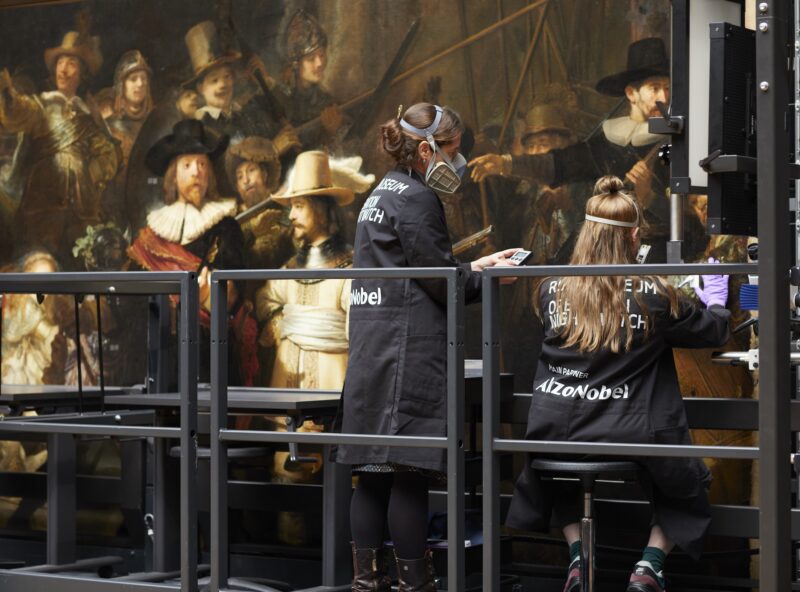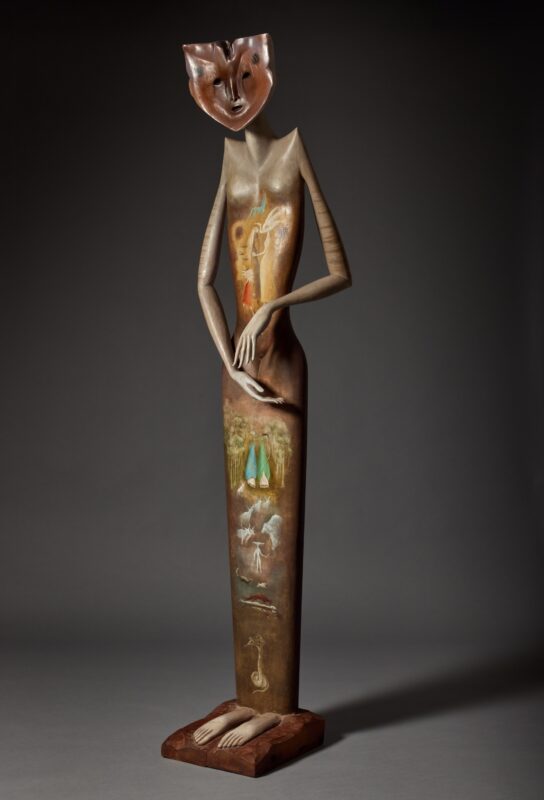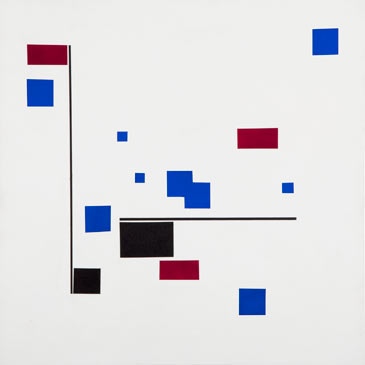
Lygia Pape Untitled 1954–56 Tempera / oil on wood 40 3 40 3 3.2 cm Courtesy of Projeto Lygia Pape© Projeto Lygia Pape
Jonathan Jones’s top shows to see this week
Lygia Pape: Magnetised Space
This Brazilian artist who shoved abstract forms up against the grit of real life practised art, in her own words, as “a way of getting to know the world”.
• At Serpentine Gallery, London W2, from 7 December until 19 February 2012
Anselm Kiefer
The weight of memory, the grotesqueries of imagination and the power of symbols have no greater champion in the art of today than Kiefer. His sense of scale and texture make his art often inexplicably moving.
• At White Cube, Bermondsey, London SE1, from 9 December until 26 February 2012
I Decided Not to Save the World
Political and social comment in conceptual forms by artists including Mircea Cantor and Yto Barrada who probably would like to save the world, if they could.
• At Tate Modern, London SE1, until 8 January 2012
Northern Art prize
James Hugonin, Leo Fitzmaurice, Liadin Cooke, and Richard Rigg are the shortlisted artists, who all live and work in the north of England.
• At Leeds Art Gallery until 19 February 2012
Romantic Camera
New displays at Scotland’s reopened portrait gallery include a survey of early photography, whose practitioners in Victorian Scotland created haunting images of old Edinburgh.
• At Scottish National Portrait Gallery, Edinburgh, until 3 June 2012
Up close: artworks in detail
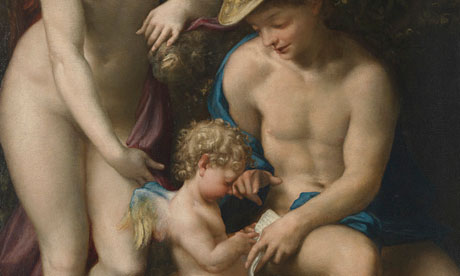
Correggio – Venus with Mercury and Cupid, c1525
The supple sensuality of this painting encompasses not just the gods’ golden, melting flesh but the rustic mistiness of soft foliage. Correggio is one of the boldest artists of myth, as well as a great religious painter, and this scene of divine family life speaks like a pastoral poem.
• At National Gallery, London
Rembrandt – A Woman in Bed, c1645-6
This almost shockingly intimate painting shows a young woman pushing back a red and gold curtain as she leans upon a lace pillow. The luxurious fabrics and the gold ornaments in her hair suggest a mythic setting. She might be waiting anxiously for a god or a king – or this may be a portrait and her lover could be Rembrandt.
• At Scottish National Gallery, Edinburgh
JE Millais – Portrait of Benjamin Disraeli, 1881
When Vincent van Gogh worked for an art dealer in London, he wrote to his brother Theo lamenting the poor standard of British 19th-century art. One exception to his disapproval was Millais. This powerful portrait shows why Van Gogh was right to rate the eminent Victorian. It is a moving homage to a politician who did so much to shape modern Britain and is arguably the architect of our democracy through the 1867 Reform Act.
• At National Portrait Gallery, London
Ary Scheffer – Francesca da Rimini, 1835
This morbid and darkly memorable romantic painting illustrates Dante’s 14th-century poem Inferno. In the second circle of Hell, Dante meets Francesca da Rimini, sentenced to eternal damnation for a sin all too easy to understand: forced into an arranged marriage, she had an affair. Scheffer makes her an icon of doomed love.
• At the Wallace Collection, London
Francis Picabia – The Fig-Leaf, 1922
In Paris after the first world war there was a “call to order”, a revived traditionalism in art, as critics and artists called time on modernism. Picabia’s harlequin-like silhouette pokes fun at this moment of neoclassicism, going along with the new refinement yet intimating some terrible wickedness and diabolical threat below the fig leaf.
• At Tate Modern, London
What we learned this week
Leonardo was the original animal rights activist
Picasso’s most extraordinary etchings have been gifted to the British Museum
Ken Russell’s photography was an antidote to his surreal film-making
A public appeal has been launched to keep Yinka Shonibare’s ship in a bottle at Greenwich
The age of free access to art in museums hits 10
Image of the week
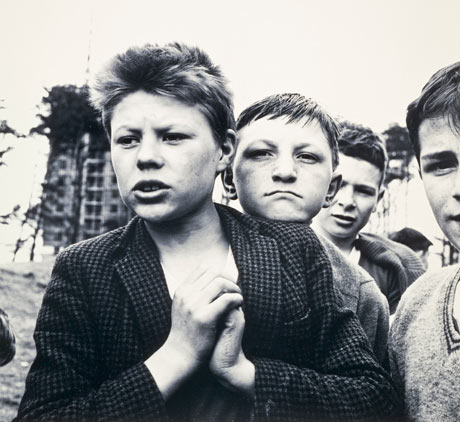
Your Art Weekly
Have you seen any of these shows? What have you enjoyed this week? Give your review in the comments below or tweet us your verdict using #artweekly and we’ll publish the best ones.
guardian.co.uk © Guardian News & Media Limited 2010
Published via the Guardian News Feed plugin for WordPress.

